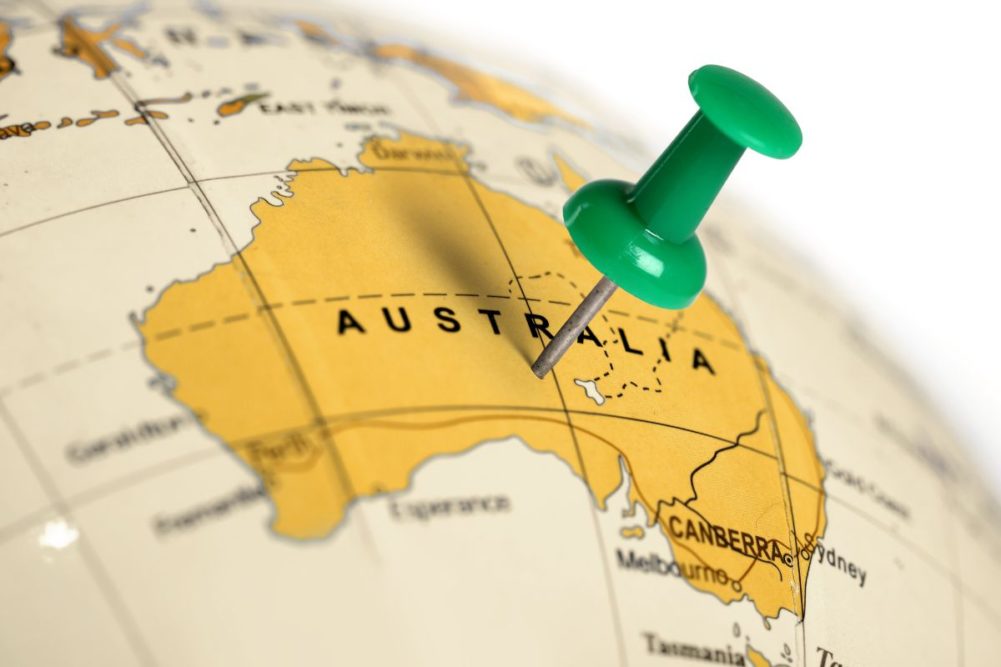CANBERRA, AUSTRALIA — Summer crop prospects for Australia were pronounced “excellent” following well-timed rains in eastern growing areas that boosted expectations for production to 4.3 million tonnes, according to the Australian Bureau of Agricultural and Resource Economics and Sciences (ABARES) quarterly report released March 4.
If realized, 2023-24 summer crop production – which includes sorghum, rice and cotton – would still be 17% below last year but 22% above the 10-year average of 3.5 million tonnes, according to ABARES, which raised its outlook 14% from December.
“Summer crop prospects are excellent following better-than-expected seasonal conditions during late spring and summer in Queensland and northern New South Wales,” ABARES said. “Yield prospects and production are expected to be well above average, though less favorable than the previous two seasons.
“This is mainly because drier conditions during the early planting window of September and October across major dryland summer cropping regions in Queensland and northern New South Wales limited planting opportunities for early sown summer crops.”
Area planted to summer crops is estimated to fall by 14% to 1.3 million hectares in 2023–24. Despite this decline, average- to above-average summer rainfall boosted soil moisture levels for crop establishment and growth and provided favorable planting conditions for later-sown summer crops.
ABARES revised sorghum production 38% higher from its December report to 2 million tonnes. While 24% lower than a year ago, it would be 26% above the 10-year average. The better-than-expected summer rainfall led to higher plantings of later-sown sorghum crops, increased yield potential and boosted overall sorghum production, ABARES said.
Production of rice is forecast to rise slightly in 2023–24, up 9% to 555,000 tonnes. Warmer temperatures supplanted the cool start to sowing, but area planted has been revised down from December to just above the 2022–23 crop, which was impacted by wet conditions.



